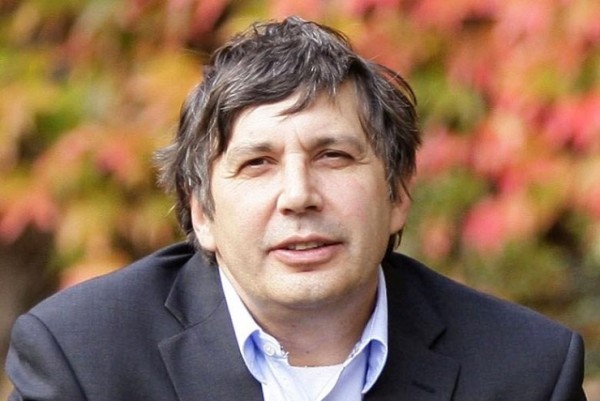In the past decade, the world has invested heavily in the study of graphene and two-dimensional materials. These efforts have not been in vain. Recently, a new type of semiconductor material that can be applied to the future supercomputer equipment surfaced. The semiconductor is called indium selenide (InSe), which is only a few atoms thick and very close to graphene. This month, researchers from the University of Manchester and Nottingham University published the study in the journal Nature Nanotechnology.

Indium Selenide (InSe)
Better semiconductor than graphene
Graphene is only one layer thick and has unparalleled conductivity. Experts all over the world are imagining the use of graphene in future circuits.
Despite so many extraordinary attributes, graphene has no energy gap. Unlike ordinary semiconductors, its chemical behavior is more like metal. This makes it bleak on applications like transistors.
This new discovery demonstrates that indium selenide crystals can be made as thin as a few layers of atoms. It has exhibited substantially better electronic properties than silicon. Silicon is a commonly used material for today's electronic components (especially chips).
More importantly, unlike graphene, the energy gap of indium selenide is quite large. This makes it a transistor that can be turned on/off easily. This is similar to silicon, making indium selenide an ideal alternative to silicon. People can use it to make next-generation ultra-high-speed electronic devices.
The father of graphene: it is the ideal material between silicon and graphene
Nowadays, scientists like to combine graphene with other excellent materials. Complement the extraordinary properties of graphene with the characteristics of other materials. This often produces exciting scientific findings and will be applied to practical problems in a way that we could not imagine.
Sir Andre Geim, the father of graphene, said:
"Ultra-thin indium selenide is an ideal material between silicon and graphene. Similar to graphene, indium selenide has a natural ultra-thin morphology, enabling a truly nano-scale process. Similar to silicon, selenium Indium is an excellent semiconductor."

Sir Andre Geim
Because of the discovery of graphene, Sir Andre Geim won the Nobel Prize in physics. He is also one of the authors of this study. He believes that the discovery of indium selenide will have a huge impact on the electronics industry in the future.
Indium selenide is the latest achievement of the National Graphene Research Institute

National Graphene Research Institute
Researchers at the University of Manchester need to overcome a primary problem in order to produce high-quality indium selenide devices. Due to its thinness, indium selenide is rapidly decomposed by oxygen and air moisture. To avoid this, the indium selenide device must be made in argon. This utilizes the technology developed by the National Institute of Advanced Graphene Research.
This made the world's first high-quality, atomic-thickness indium selenide film produced. Its electron mobility at room temperature reaches 2,000 cm2/Vs, far exceeding that of silicon. At lower temperatures, this indicator will continue to grow.
In the current experiment, the indium selenide produced by the researchers is several microns in length and is about the same as the cross section of a hair. The researchers believe that the commercial production of indium selenide is just around the corner, as long as the existing technology for producing large-area graphene is combined.
Professor Vladimir Falko, head of the National Graphene Institute and one of the authors of the paper, said:
“The technology developed by the National Graphene Research Institute can separate the atomic layers of materials to produce high-quality two-dimensional crystals. This technology provides broad prospects for the development of new materials for optoelectronics. We are always looking for The new layered material is tested."
Ultra-thin indium selenide is a member of the rapidly growing two-dimensional crystal family. These two-dimensional crystals have many useful properties depending on the structure, thickness, and chemical composition. Research on graphene and two-dimensional materials communicated with science and engineering technology. Today, this is the fastest growing field of materials science.
what makes most electric power tools "different" from one another depends on how the physical energy is used, or its application. The process of making physical energy with electrical energy is very similar and where most performance issues occur. for most power tools, and happens to be where most maintenance is required
Although there is a lot more to be said about how electric motors work, no one has to be an electrical engineer to understand a motor's basic parts. And understanding what goes on inside of a power tool makes diagnosing problems easier.
If the problem can be pinned down early, then the tool is just a part and a quick repair away from being almost like new again. Even some of the repairs and maintenance required for electric power tools are fast and easy to do.
Power Tool Carbon Brush
Power Tool Carbon Brush,Black Carbon Brush,Bosch Carbon Brush,Dewalt Carbon Brush
Haimen Hailing Carbon Industry Co., Ltd. , http://www.carbonbrush-hl.com